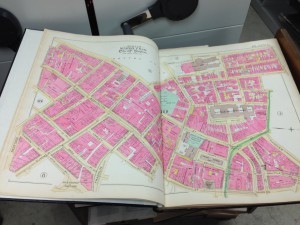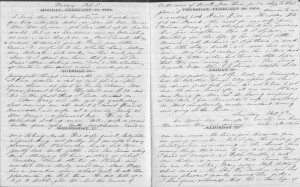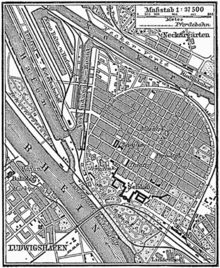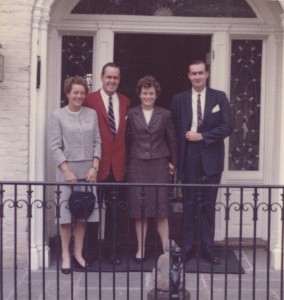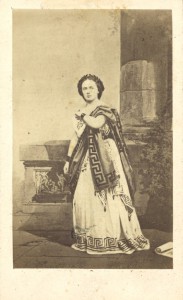
Boston hosted most of the celebrated performers of the day, and Mrs. Gray saw many of them – and recorded her views, whether laudatory or critical. Within days of commencing her diary, in January 1860, she went to hear Frances Anne Kemble[1] declaim Much Ado About Nothing[2] and “felt the better for laughing heartily over her admirable rendering.”[3]
Saturday, 14 January 1860: Went on Tuesday to the Opera: Saffo.[4] [Marietta] Gazzaniga[5] was magnifique in it – [she] does act splendidly, and her deep tones expressing deep emotion are unsurpassed – some exquise music in it, too. Continue reading Mrs. Gray at the theater
